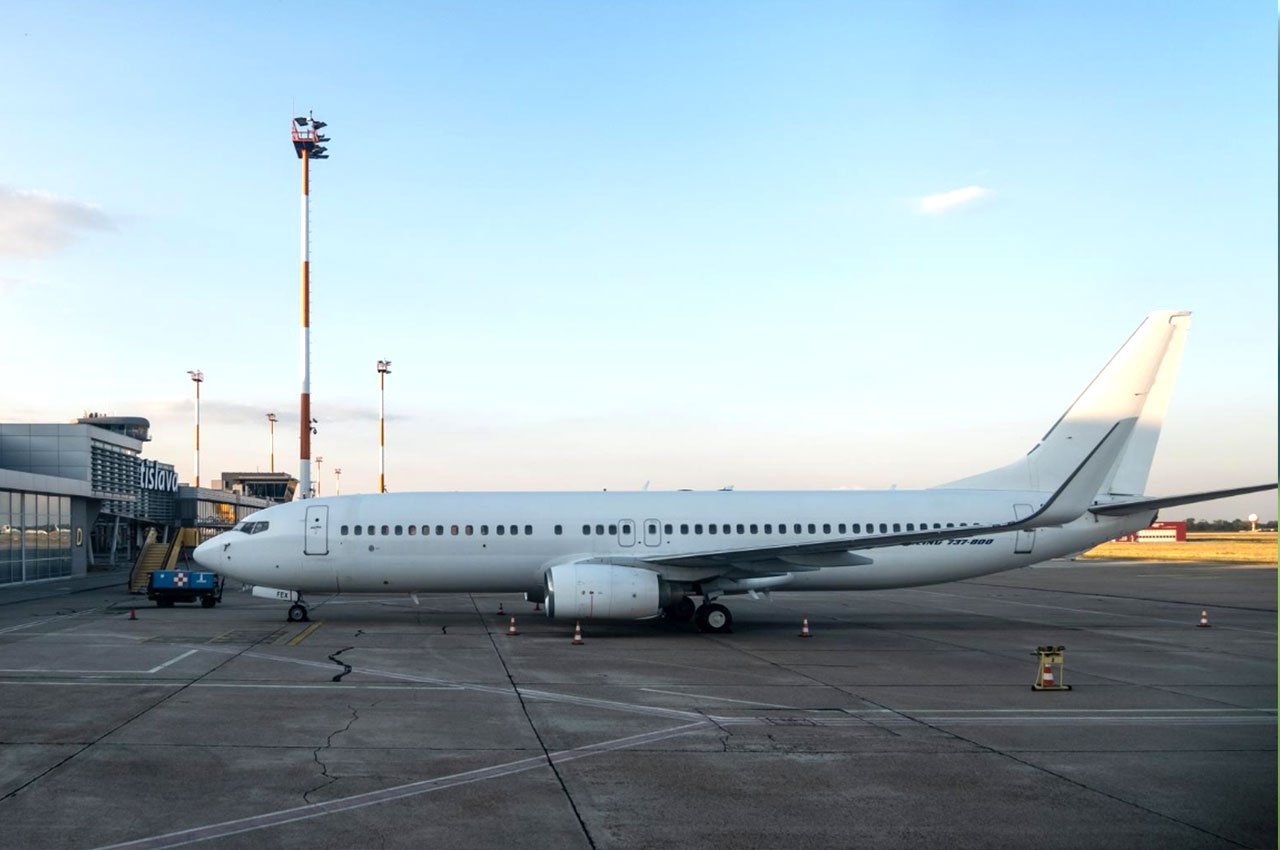Emergency Landing of Boeing 787. Photo for representation
A Boeing 787 Dreamliner operated by Ethiopian Airlines and Mumbai-bound from Addis Ababa made an emergency landing early Friday after seven passengers fell ill due to a sudden cabin depressurisation mid-flight. The aircraft touched down safely at Chhatrapati Shivaji Maharaj International Airport at 1:42 a.m., prompting urgent medical attention and a full inquiry by aviation authorities.
Swift Response During a Crisis
According to Economic Times, Flight ET640 was cruising at approximately 33,000 feet over the Arabian Sea when crew received alarms indicating a drop in cabin pressure. Following standard safety protocols, the pilots initiated a rapid emergency descent to a lower altitude before diverting to Mumbai. Oxygen masks deployed, and ground emergency services—medical teams, fire crews, and airport staff—stood by as the aircraft landed. Seven passengers reported symptoms of decompression-related illness, such as dizziness, nausea, and shortness of breath. One passenger required hospitalization; the rest were treated on-site and released.
Technical Concerns and Safety Challenges
Cabin pressurisation systems are essential at high altitudes, maintaining breathable air and preventing conditions like hypoxia. Although generally reliable, rare system failures or structural leaks can cause sudden depressurisation. Aviation experts emphasise that the crew’s swift descent and immediate deployment of oxygen masks likely prevented more serious injuries.
This is the second high-altitude incident in just days: earlier, an Air India Boeing 777 flight from London to Mumbai reported a similar in-flight illness scare involving cabin pressure fluctuation. Additionally, routine DGCA inspections earlier in June flagged safety violations—intensifying scrutiny of aircraft systems and maintenance protocols.
Airline and Crew Actions
Ethiopian Airlines lauded the flight crew for their quick and calm handling of the emergency, stating that the pilots followed standard emergency descent procedures flawlessly. Airport medical teams promptly attended to the affected passengers upon landing, ensuring accurate diagnosis and timely treatment.
Airport authorities and the Directorate General of Civil Aviation (DGCA) have launched a detailed investigation. It will include examination of cockpit recordings, cabin altitude system logs, and maintenance history—particularly focusing on the aircraft’s pressurisation system.
Implications for Passenger Safety
This incident underscores the reality that modern aircraft can still experience critical technical failures unexpectedly. Aviation analysts warn that even the most advanced jetliners require stringent, ongoing safety checks. They are urging airlines worldwide to enhance pre-flight inspections, especially for long-haul aircraft like the Boeing 787, which undergo prolonged high-altitude flights.
For passengers, this serves as a reminder to always remain alert during safety briefings and to know how to use oxygen masks during an emergency. Experts emphasise that following crew instructions without panic significantly improves the likelihood of a safe outcome during emergencies.
What Lies Ahead
The DGCA’s impending report will provide clarity on whether the depressurisation was due to mechanical failure, human error, or maintenance issues. Meanwhile, Ethiopian Airlines and Boeing may revise maintenance schedules or issue technical advisories based on the findings. Other carriers operating outdated or similarly-configured fleets may also adopt preventive measures.
Though isolating single events, incidents like these—coupled with the deadly Air India Dreamliner crash earlier this month—are prompting a thorough reassessment of India’s aviation safety standards and oversight capabilities. Analysts believe that more aggressive and frequent checks, combined with improved crew training, are vital to restoring passenger confidence.
Reinforcing Resilience at Altitude
The emergency landing of the Mumbai-bound Boeing 787 exemplifies the effectiveness of modern flight protocols and crew training. It also reaffirms that enhanced safety vigilance—through system upgrades, crew competence, and regulatory enforcement—must remain a non-negotiable priority in aviation.
As investigations continue, the focus will not just be on uncovering what went wrong, but on ensuring such incidents are prevented globally through learned, improved, and consistently applied safety practices.
For more trending stories click here
Follow us for latest updates:




